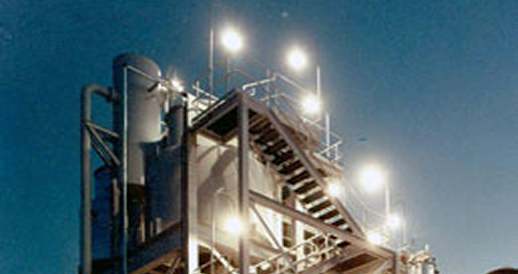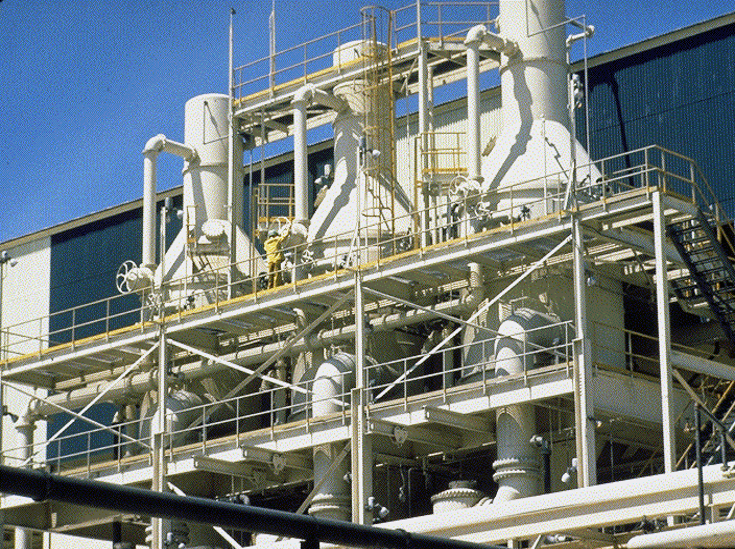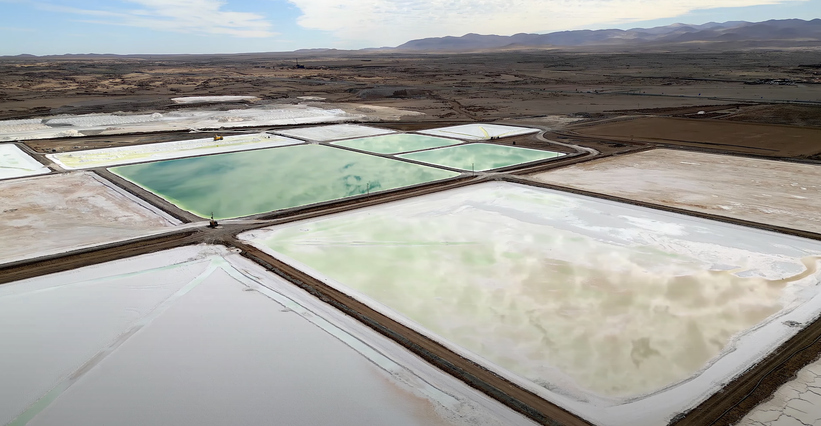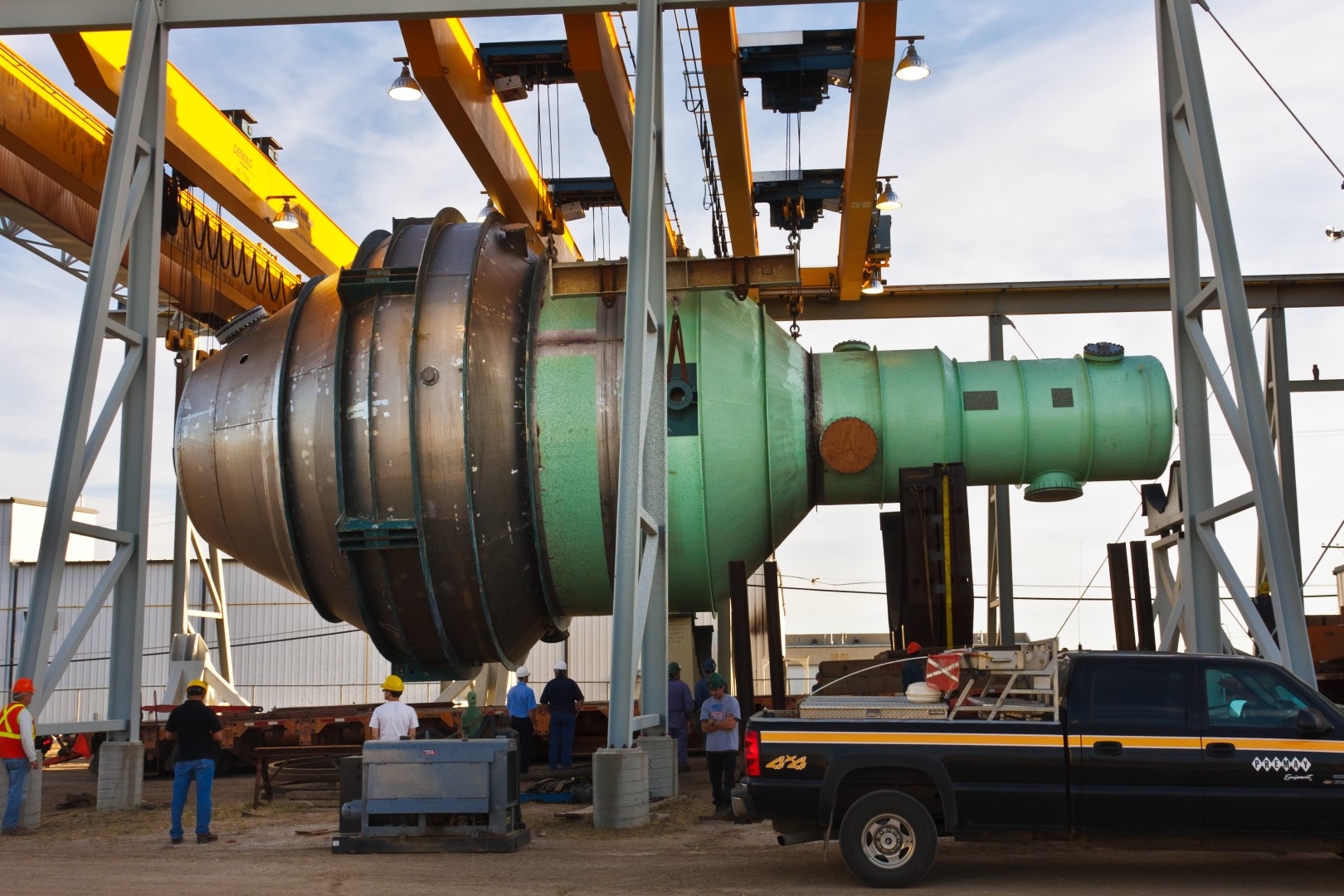Handling High-Salinity Brines
The global rise in lithium demand means brine resources—whether from salt lakes, geothermal reservoirs, or oilfield brines—are under increasing pressure to deliver consistent, battery-grade feedstock. Yet high-salinity systems come with a harsh reality: they bring corrosive conditions, complex impurity profiles, and high scaling risk. For process engineers, this is where good design and strong operational discipline determine whether a project runs smoothly or suffers expensive downtime.
Materials & Corrosion
Lithium brines are aggressive environments, carrying not only concentrated salts but also chlorides and other contaminants that attack equipment surfaces. Corrosion-resistant materials are therefore a primary consideration in design.
- Metallurgical expertise: Equipment supplied by Whiting Equipment Canada, through its licensee Swenson Technology, is engineered to perform in harsh conditions. Their custom-built evaporators and crystallizers are designed for long-term durability in corrosive environments.
- Design tailoring: Because every brine field has a unique impurity profile, systems must be tailored to match chloride content, total dissolved solids (TDS), and scaling risks. Early modeling of thermodynamic behavior informs the selection of the right construction materials, protective linings, and coatings.

Scaling Risks
Scaling is one of the most significant bottlenecks in brine handling. Precipitation of salts, such as calcium carbonate or magnesium hydroxide, reduces throughput, shortens runtime between cleanings, and increases operating costs.
- Pilot testing: One of the most critical steps in system development is generating pilot data. Swenson’s pilot facilities evaluate scaling and fouling tendencies, providing engineers with the evidence they need to design anti-scaling strategies.
- Crystallization linkage: Scaling isn’t just an operational nuisance; it directly impacts crystallization performance downstream. A poorly managed brine feed increases impurity carryover and reduces the recovery of high-purity product.
Hydraulics & Design
Hydraulic design choices determine whether brine flows smoothly or deposits scale in heat exchangers and piping.
- High circulation velocity: Forced-circulation evaporators pump liquor at high speeds through exchangers to keep solids suspended and minimize deposition.
- Thin film operation: Falling-film evaporators spread liquid across tube surfaces in a thin layer, promoting efficient heat transfer while reducing scale buildup compared to bulk boiling systems.
- Flow management: While specific pump types vary, the principle remains: maintain turbulence in scaling-prone zones while designing residence times and flow paths that minimize stagnant areas.
Monitoring & Cleaning
Without constant monitoring, scaling creeps up unnoticed until performance drops. Modern lithium brine systems integrate multiple layers of analytics:
- Parameter tracking: Pilot and commercial facilities measure purity, yield, fouling tendencies, and centrifuge performance. Operational systems also track temperatures, flows, and pressures through advanced control systems such as PLCs and SCADA systems.
- Cleaning regimes: When scale inevitably forms, mechanical and chemical cleaning cycles must be built into the maintenance plan. Pilot data on washing requirements inform how often these interventions are needed.
- Inline analytics: Borrowing from broader heavy-industrial expertise, inline probes and trend analysis allow operators to catch excursions in brine chemistry or flow performance before they translate into blockages.
Safety
High-salinity brines pose both operational and safety risks, including pressurized systems, corrosive chemistry, and scaling events that can trigger mechanical failures.
- Robust design: Whiting’s track record in heavy industries like steel and metallurgy highlights the importance of designing equipment with high safety factors, redundant monitoring, and easy maintenance access.
- Procedural controls: Standardized recipes and alarm thresholds in control systems help operators maintain brine systems within safe envelopes, reducing the risk of excursions that compromise both product quality and personnel safety.
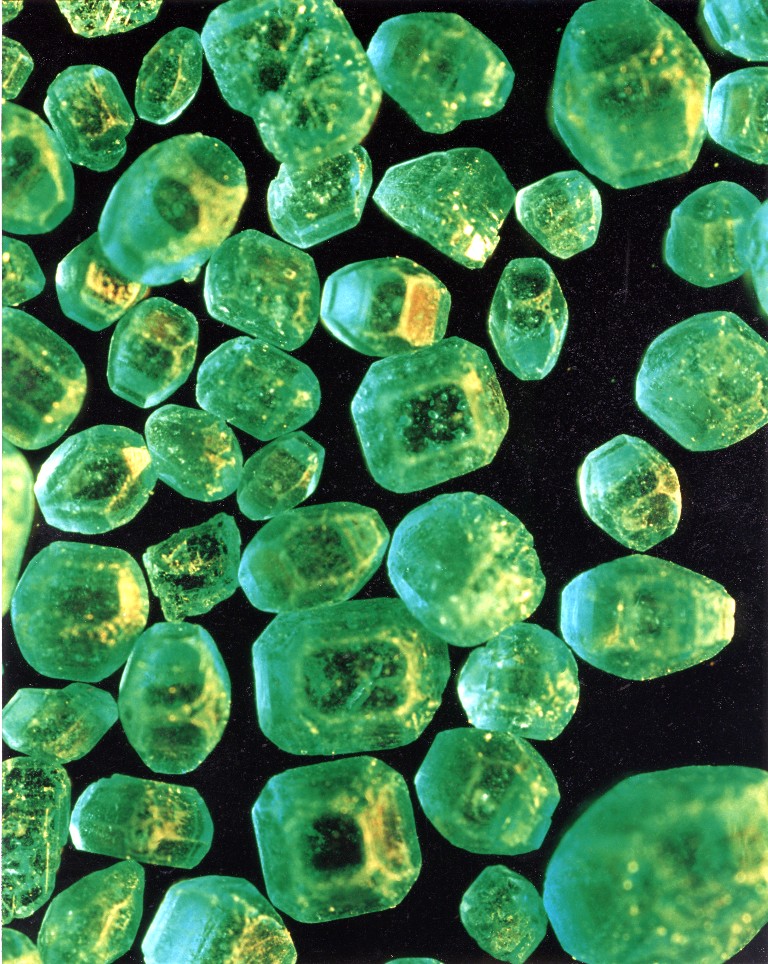
Case Learnings
Industry experience consistently shows that treating scaling and corrosion as an afterthought leads to underperformance. Pilot trials are not optional—they are the foundation for scaling control. In practice, the projects that succeed are those that:
- Start with modelling and simulation of thermodynamics and chemistry.
- Validate findings through bench and pilot testing.
- Translate those results into commercial design, from alloy selection to flow velocities.
Spec Checklist
For process engineers building a specification sheet for high-salinity brine handling equipment, the following items should be addressed:
- Materials of construction: Alloy grade, coatings, liners, and corrosion allowances.
- Scaling profile: Expected foulants, deposition rates, and anti-scaling strategies.
- Hydraulic metrics: Flow velocities, pressure drops, residence times.
- Monitoring tools: Inline probes, control system integration, alarm thresholds.
- Cleaning plan: Frequency, methods (mechanical vs. chemical), turnaround time.
- Safety provisions: Redundant sensors, operator access, containment measures.
Conclusion
High-salinity brines remain one of the richest sources of lithium, but they also carry the most complex scaling and corrosion challenges. Addressing these risks requires more than standard equipment—it demands tailored solutions, pilot-based design, and robust monitoring and evaluation.
Whiting Equipment Canada, in collaboration with Swenson Technology, offers custom-built evaporators, crystallizers, and control systems specifically designed for these conditions. By starting with thermodynamic modelling and validating through pilot trials, our team helps you manage impurities, minimize scaling, and ensure smooth downstream crystallization.
Looking to optimize your lithium brine system? Contact our team to discuss how engineered solutions for brine handling and scaling control can protect your operations and improve recovery.

